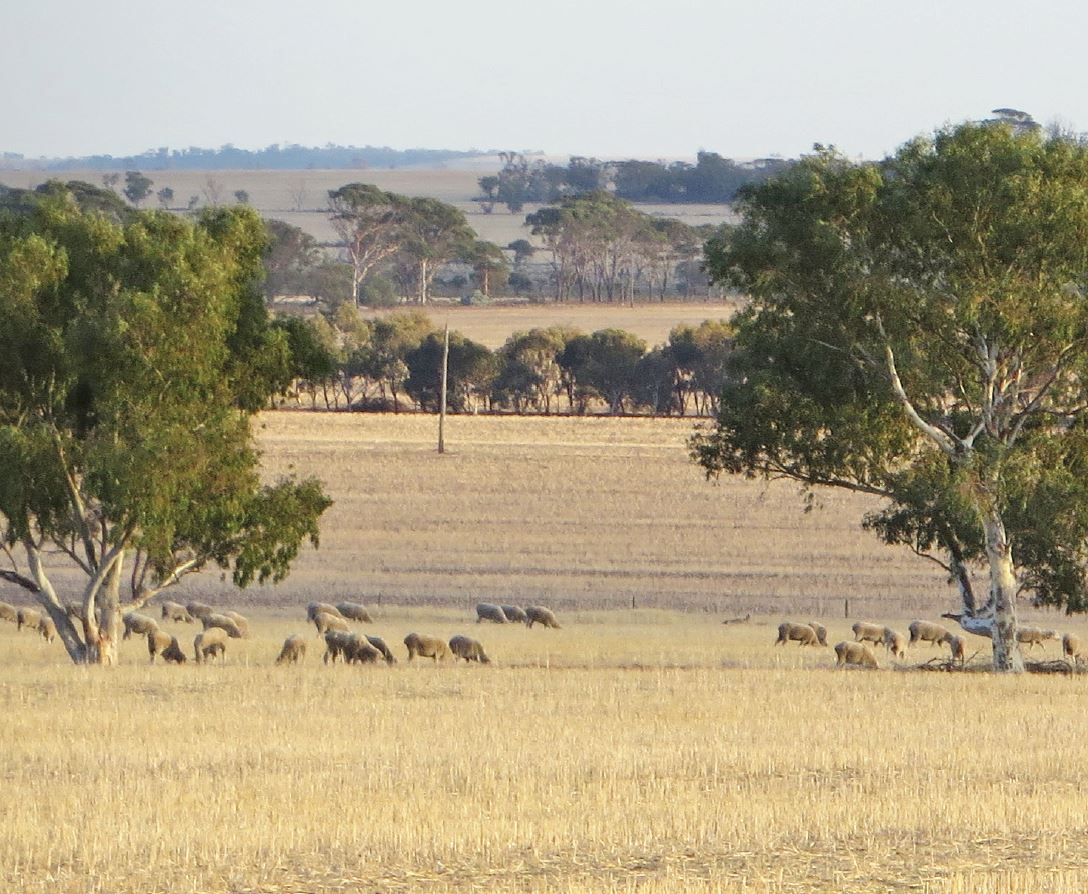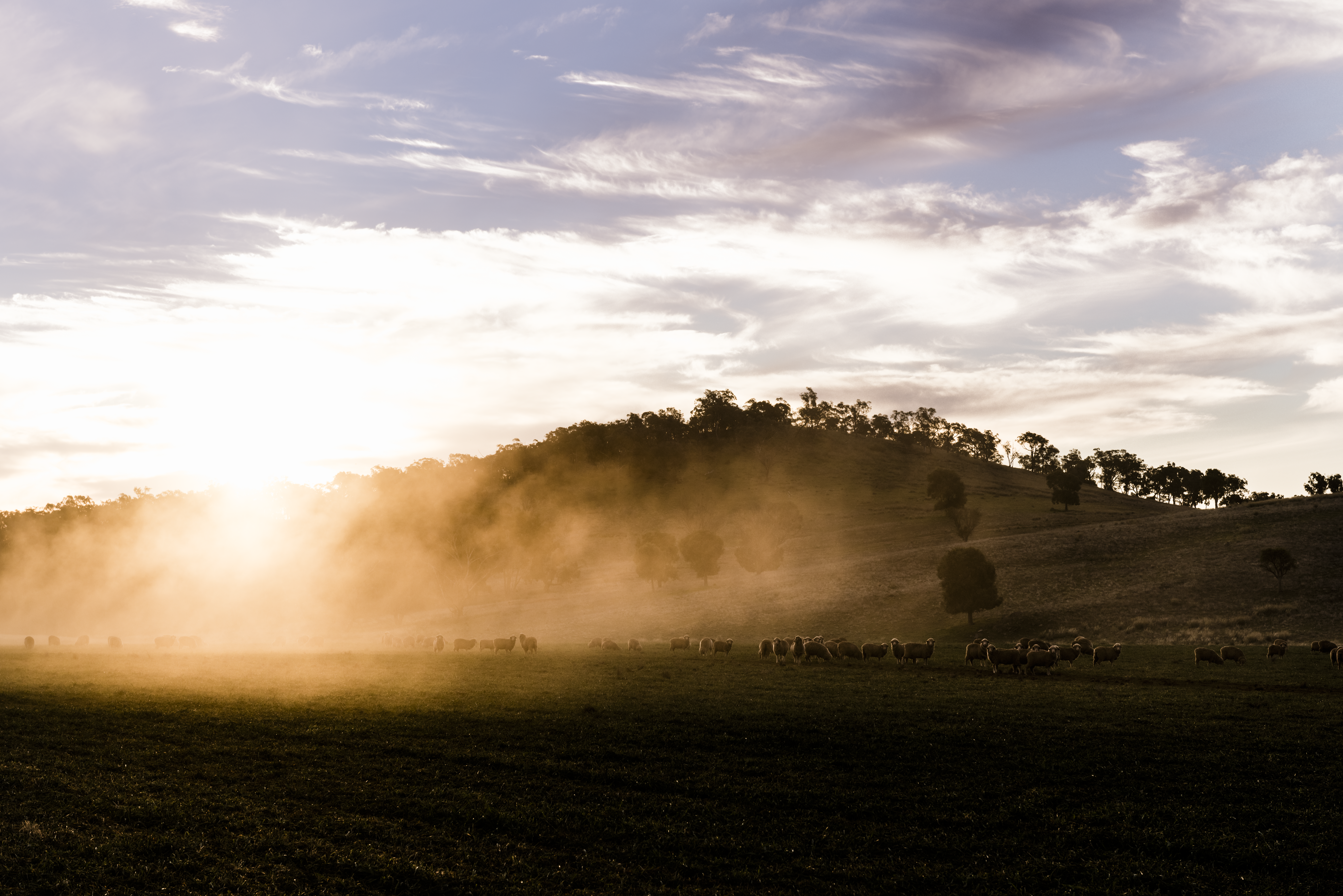Welcome to Australian Wool Innovation, a hub for the woolgrowers of Australia.
Not a woolgrower? Looking for information about wool products, wool care or wool processing?
The Woolmark Company is the global authority on wool. Visit Woolmark.com instead.
Passengers vs Performers

Wet-or-dry assessment of ewes at lamb marking can help to identify the performers vs passengers in your flock to lift reproductive efficiency.
Articles That Might Interest You
Mastering Sheep Breeding Values and Selection Indexes
Getting started with ASBVs and Selection Indexes can help woolgrowers make faster, smarter breeding decisions and improve flock profitability. It’s not just about chasing numbers — understanding an animal’s genetic merit helps you select sheep that fit your system and drive profit. This article breaks down the basics, including how ASBVs work, what Selection Indexes do and practical steps stud and commercial breeders are taking to make these tools work for you.
Read more
Optimising management of grazing stubbles
Crop stubbles can be a handy feed source over summer, but their quality declines quickly once the grain is eaten. Planning ahead is key to getting the best out of them. The new Grazing Modern Stubbles guide, developed by AWI, MLA and CSIRO, offers practical strategies on nutrition, prioritising stubbles for different classes of stock, the role of supplementary feeding and how to manage animal health risks. This article highlights the key takeaways to help you keep your flock in good condition this summer.
Read more
A woolgrower’s guide to getting started with carbon and emissions
Getting started with carbon and emissions on-farm can boost productivity and future-proof your woolgrowing business. It’s not just about compliance — understanding your emissions helps improve efficiency and profitability. This article breaks down the basics, including where emissions come from, how to measure them using simple tools and what practical steps woolgrowers are already taking to make it work on their farms.
Read more








